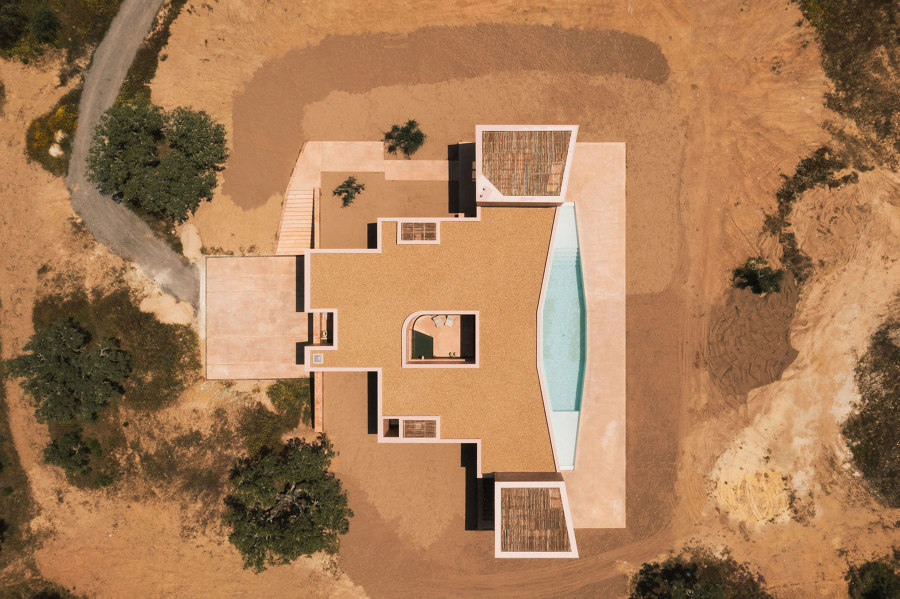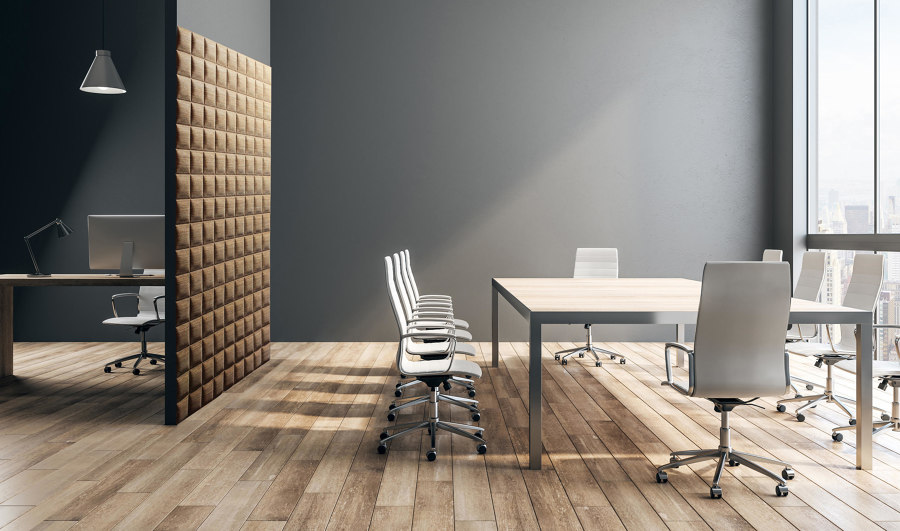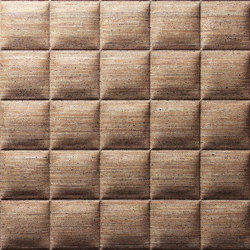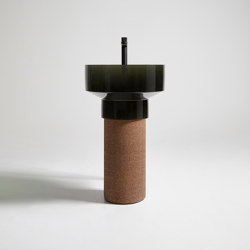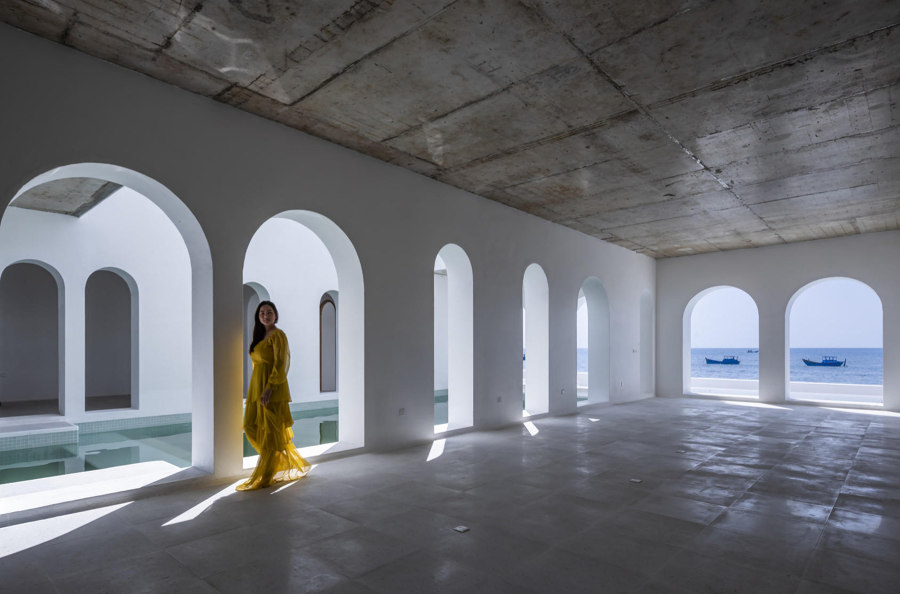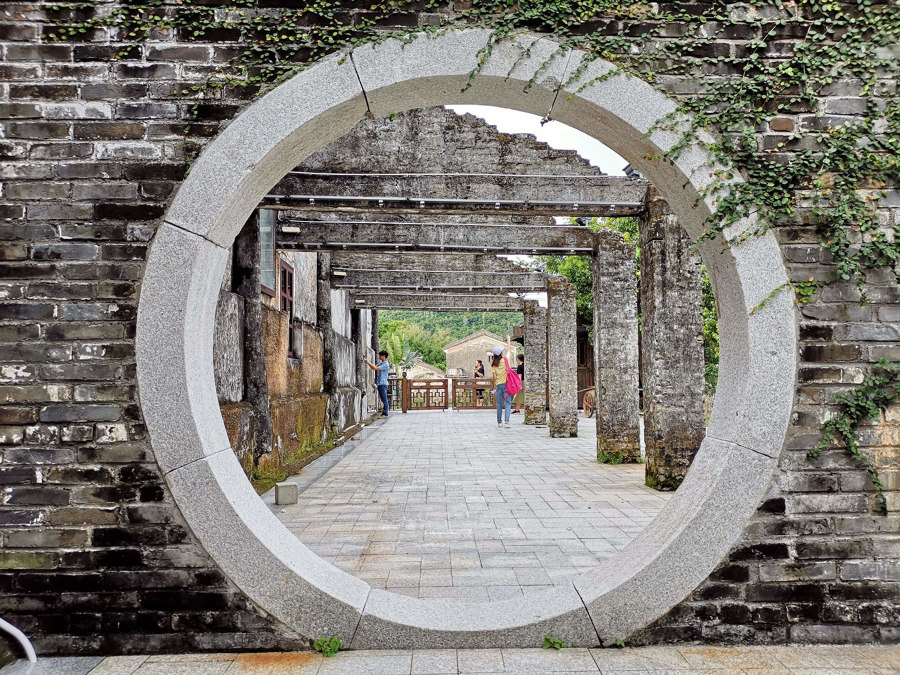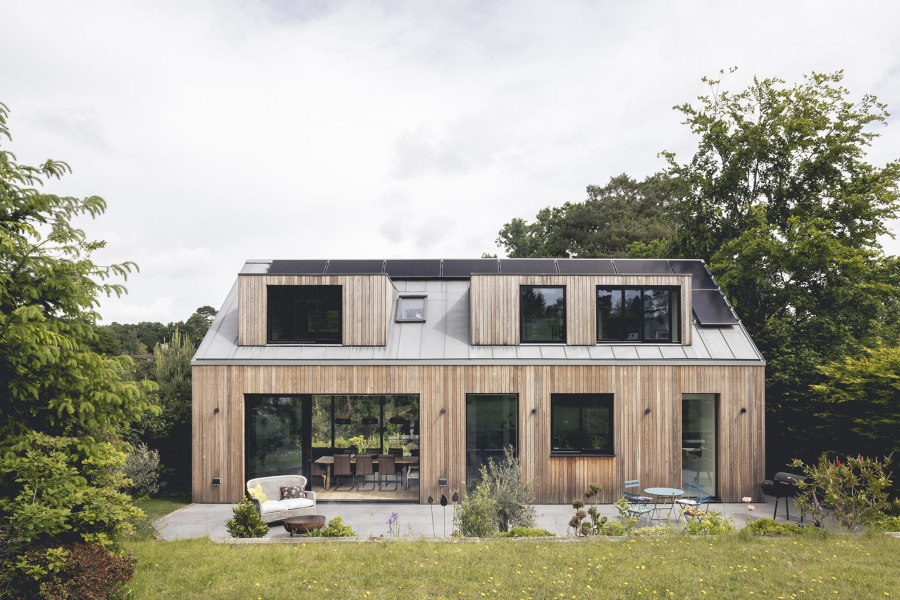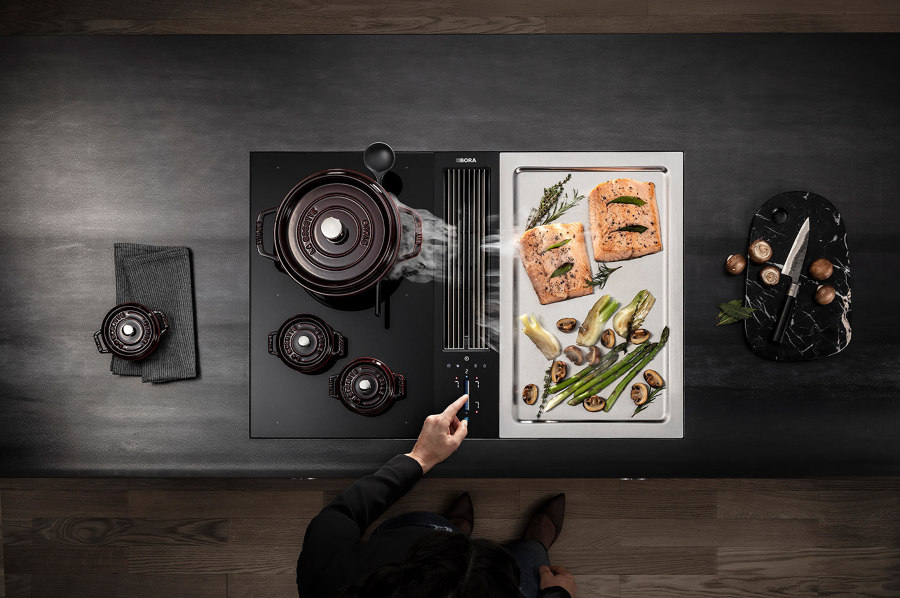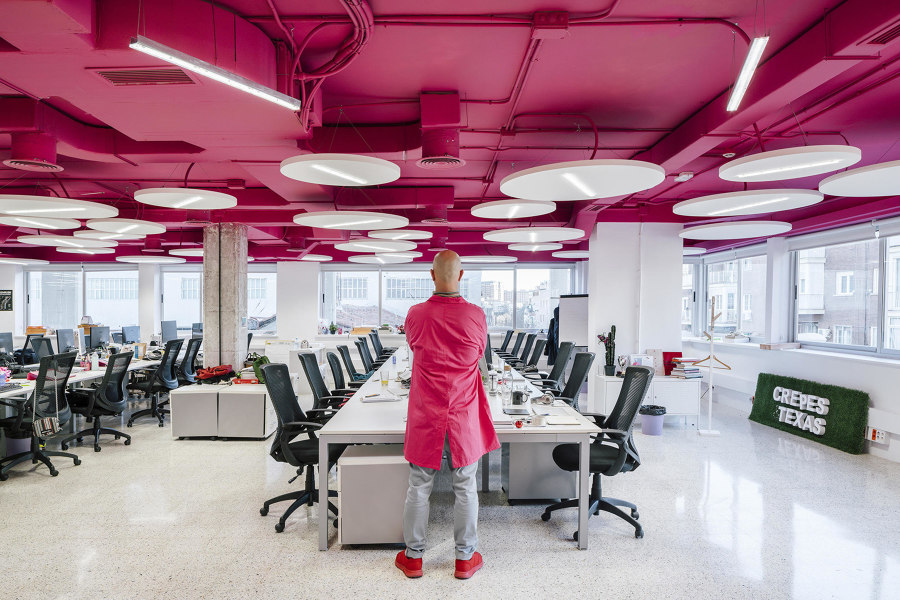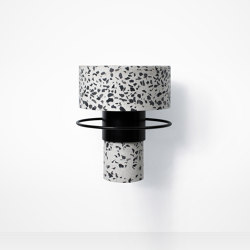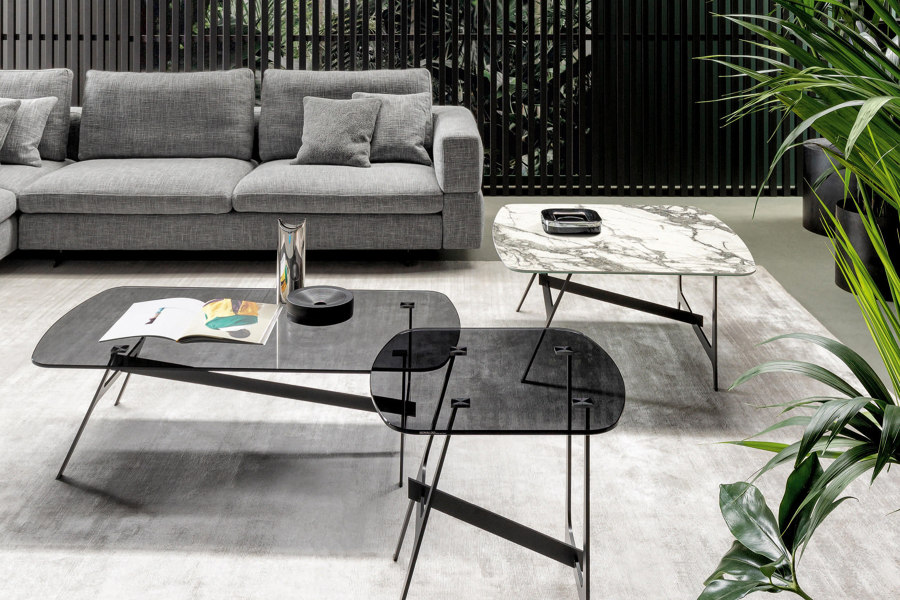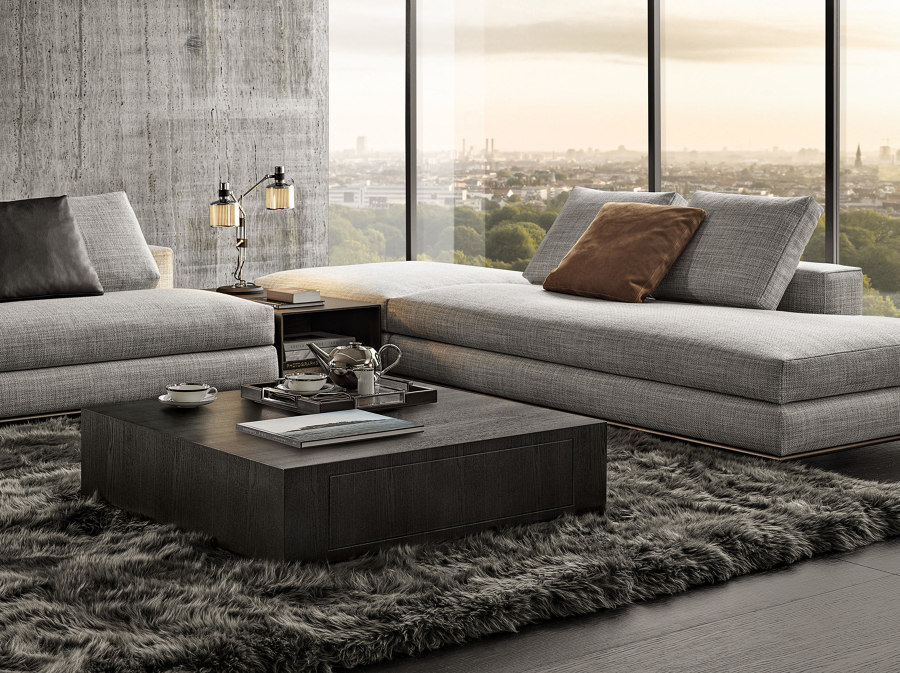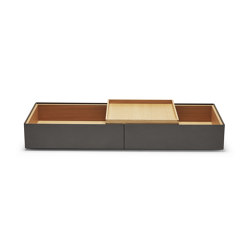Architonic stories of the year 2023: Products
Text by James Wormald
13.12.23
A retrospective collation of the most popular product-referencing stories from Architonic’s magazine section. Featuring doorways, coffee tables, electric alternatives, terrazzo and cork.
An article on the emergence of cork as an ultra-sustainable material suitable for stylish surfaces and provocative products was featured in the list of most-read stories published in the Architonic magazine section in 2023. Photo: José Campos
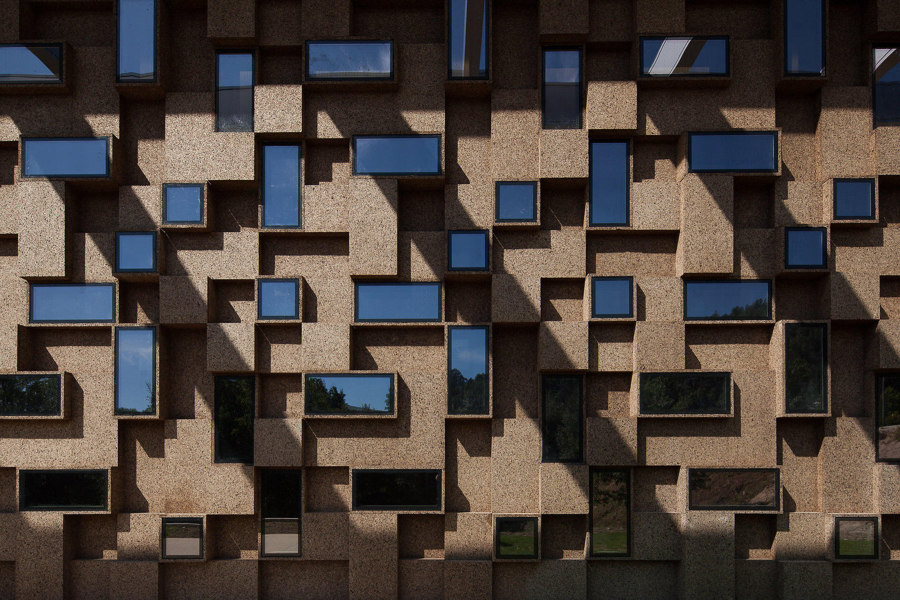
An article on the emergence of cork as an ultra-sustainable material suitable for stylish surfaces and provocative products was featured in the list of most-read stories published in the Architonic magazine section in 2023. Photo: José Campos
×Christmastime always brings into question the unrivalled human desire to accumulate ‘stuff’. As this year’s list of the most popular project-referencing stories from the Architonic magazine shows, however, doing more with less in our interior spaces remains a major focus for the other 11 months of the year.
With a focus on sustainable materials, clean-energy products and architectural solutions with long-term functionality in mind, 2023’s list of the most popular product-referencing stories highlights how much A&D professionals and their clients are thinking about the world they leave behind, as well as the one we create for ourselves in the present.
Not just for keeping wine in its place, cork is a truly circular and sustainable material that could be a solution to help keep humanity afloat too. Photos: Francis Nogueira (top)

Not just for keeping wine in its place, cork is a truly circular and sustainable material that could be a solution to help keep humanity afloat too. Photos: Francis Nogueira (top)
×Put a cork in it: seven reasons to keep talking about cork
Cork is a natural material that’s easy to recycle and reuse. And yet, in the world’s search for circularity, it’s wood that’s more often seen as a saviour. Wood and wood derivatives of all shapes and sizes, from straws to skyscrapers – or ‘plyscrapers’, give us a warm, eco-fuzzy feeling inside when we use them. But while both wood and cork literally grow on carbon-fighting trees – cork is produced by stripping just the bark of the cork oak tree – cork production allows the tree to remain standing, whereas wood cuts it down in its prime. But can we really apply the rough, spongy brown stuff as a high-end product and construction material? Of course we can.
Doors have been the preferred method of moving around separated interiors for a long time, but are they still the best? Boasting more functionality and style, there are other ways to enter a room. Photos: Hiroyuki Oki (top), Qingshan Wu (middle)

Doors have been the preferred method of moving around separated interiors for a long time, but are they still the best? Boasting more functionality and style, there are other ways to enter a room. Photos: Hiroyuki Oki (top), Qingshan Wu (middle)
×Doors vs. Alternatives: what’s the best way to enter a room?
Doors are a crucial invention that allows the modern building to function as it does. Drawing the privacy of a solid wall combined with the functionality of accessibility straight into layouts, with just a few simple lines. But choosing where precisely to put a door is, of course, never really that simple.
The simplest way to reduce a door’s opening is not to have a door at all
For an object so thin (35-40mm), doors tend to take up a lot of space, each generating its own curved dotted line, warning of its possible presence. With homes getting smaller and homeowners, in turn, getting greedier – demanding more efficient space, light and functionality with every pencil make on graph paper – the many alternatives for getting in and out of rooms are opening up to all.
Homeowners targeting carbon neutrality by reducing their reliance on fossil fuels can simple turn off the gas. But is the alternative just an all-electric dream? Photos: Billy Bolton (top), Dylan Brown (bottom)

Homeowners targeting carbon neutrality by reducing their reliance on fossil fuels can simple turn off the gas. But is the alternative just an all-electric dream? Photos: Billy Bolton (top), Dylan Brown (bottom)
×Energy solutions and appliances in the modern electric home
Whether it’s a guilt-driven effort to reduce one’s own carbon footprint, an economy-inspired reduction in energy bills or simply taking advantage of a government incentive scheme, sustainable construction and design choices are not only being made by the most eco-aware amongst us, but now by anyone with an eye on both the current cost of energy and the future cost of its obsolescence.
There are plenty of ways to heat a home and its water without feeling guilty
Whatever the motivation, as we desperately attempt to reduce our self-destructive reliance on fossil fuels, our homes and buildings are gradually turning their backs on gas – one of the final hurdles standing between us and a carbon-neutral home. These alternative systems and appliances run on renewable electricity instead, breaking our reliance on emission-causing gas-dependant products and using innovative electrical technology to improve them too.
Smooth like marble and durable like concrete, terrazzo’s crack-free surface and fully customisable pattern and colour options make it the sustainable material of the moment. Photos: Jonathan Leijonhufvud (top), Tong Xia (middle)
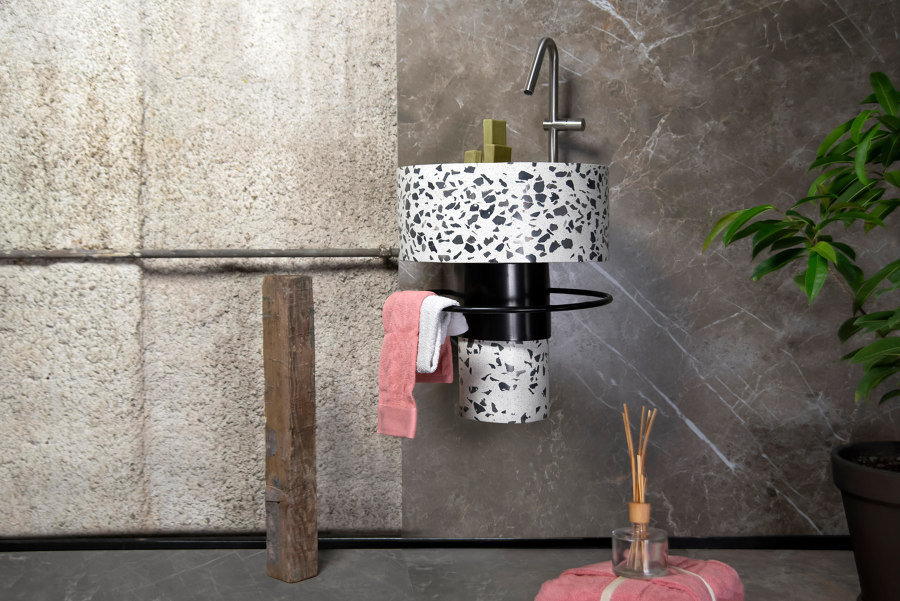
Smooth like marble and durable like concrete, terrazzo’s crack-free surface and fully customisable pattern and colour options make it the sustainable material of the moment. Photos: Jonathan Leijonhufvud (top), Tong Xia (middle)
×What is terrazzo and where do you find it?
Essentially beginning as a way to use old offcuts of natural stone materials such as marble, quartz and granite, the 600-year-old technique of creating terrazzo surfaces is enjoying a particularly strong moment in today’s reuse culture. But sustainability isn’t the only calling card terrazzo has.
The Latin word for earth – ‘terra’ – gives terrazzo its name
The features that really put the manufactured composite materials at the top of many designers’ wish lists, are its mixture of hardwearing durability, crack-free water resistance and a near endlessly customisable palette of colour and pattern. And although the use of terrazzo originated, as the name suggests, from floor-level surfacing, it also lends itself perfectly to other surfaces and even products.
Coffee tables are some of the most versatile furniture pieces in the home, changing from display cabinets to impromptu dinner tables in a matter of minutes.
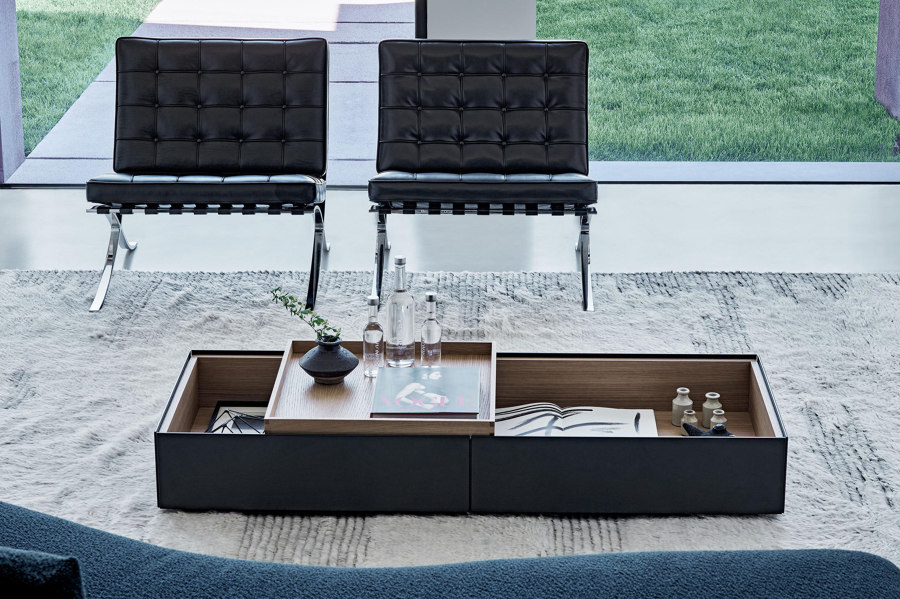
Coffee tables are some of the most versatile furniture pieces in the home, changing from display cabinets to impromptu dinner tables in a matter of minutes.
×Ten coffee tables to elevate any living room
If one had to assign a hierarchy to living room furniture, sofas would undoubtedly be at the top. And though we all love to be engulfed by soft cushions during a relaxing TV evening, much of the activity surrounding those at-home movie screenings wouldn’t be possible without another staple of the space: the coffee table.
Glass coffee tables display objects like books or grant uninterrupted views of a painfully chosen rug
Coffee tables can do so much more than hide remotes or act as temporary drink or popcorn trays. By putting a special twist on their pieces through surprising material choices, accessories or clever engineering, designers can elevate the dining table’s little cousin to new heights and functions, enabling users to take full advantage of its versatility.
© Architonic
Head to the Architonic Magazine for more insights on the latest products, trends and practices in architecture and design.
>> Catch up on Architonic’s most popular stories from 2022 here.

